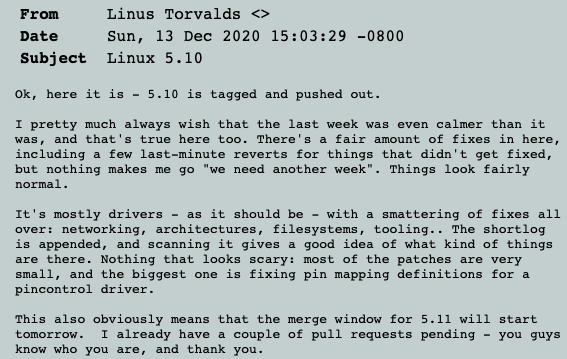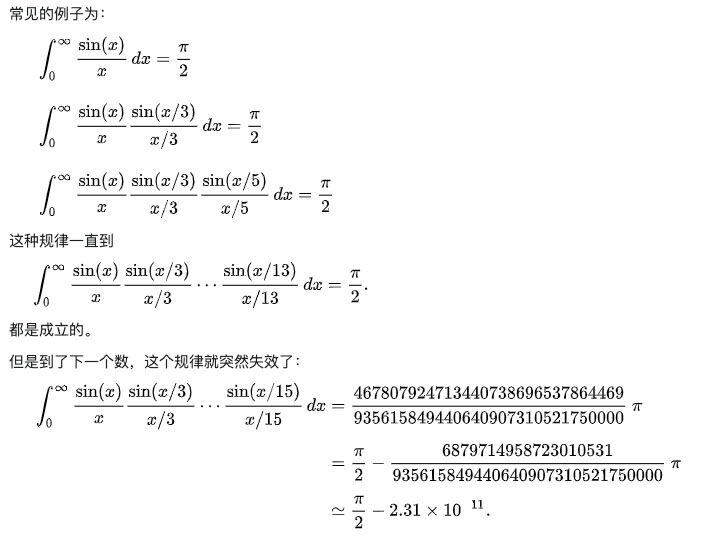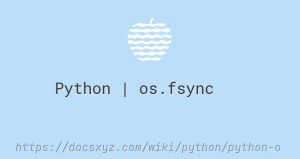Python 怎樣反轉一個字符串
字符串反轉的四種方法
最近更新時間 2020-12-14 19:43:19
在 Python 中,字符串是字符數據的有序序列。沒有內置的方法來反轉字符串。但可以用幾種不同的方式反轉字符串。
第一種: 使用字符串切片函數,設置第二個字符位置為 -1,如 [::-1]。
# coding=utf-8
# Python3 代碼
# 講解怎樣使用字符串切片函數
# 定義一個字符串
s = 'How to Reverse'
# 反轉字符串
reversed = s[::-1]
# 第一個字符位置為字符串長度是同樣效果
# reversed = s[len(s)::-1]
print(reversed)
esreveR ot woH
第二種: 使用 reduce 函數反轉字符串。
# coding=utf-8
# Python3 代碼
# 講解怎樣使用字符串切片函數
# 引入 reduce 函數
from functools import reduce
# 定義一個字符串
s = 'How to Reverse'
# 反轉字符串
reversed = reduce(lambda x, y:y+x, s)
print(reversed)
esreveR ot woH
第三種: 使用 reversed 函數反轉字符串,先把字符串變成列表再反轉後拼接。
# coding=utf-8
# Python3 代碼
# 講解怎樣使用字符串切片函數
# 定義一個字符串
s = 'How to Reverse'
# 字符串轉為列表並反轉
r_list = reversed(list(s))
# 列表連接為字符串
reversed = ''.join(r_list)
print(reversed)
esreveR ot woH
第四種: 使用 for 循環拼接字符串。
# coding=utf-8
# Python3 代碼
# 講解怎樣使用字符串切片函數
# 定義一個字符串
s = 'How to Reverse'
len = len(s) - 1
# 使用 for 循環反轉字符串
reversed = ''
for index, value in enumerate(s):
reversed += s[len - index]
print(reversed)
esreveR ot woH










